Deep Purple: The Virtuosos Behind ‘Child In Time’
Dive into the captivating world of Deep Purple, the legendary band that brought us ‘Child In Time’. This section explores their early years, remarkable achievements, and the creative process behind one of their most iconic songs.
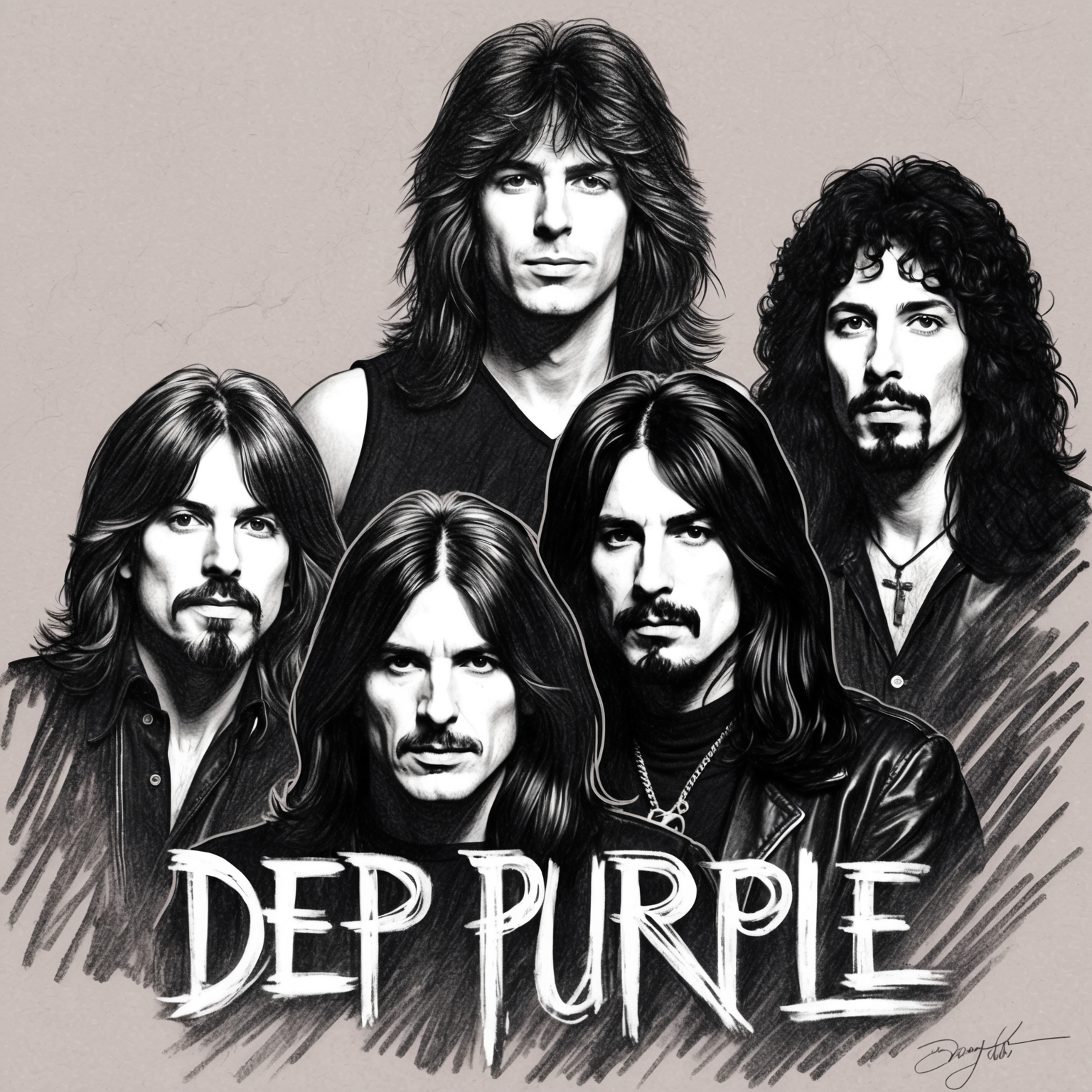
Formed in 1968, Deep Purple quickly rose to prominence as one of the pioneers of heavy metal and modern hard rock. With their daring sonic experimentation and electric live performances, they carved out a unique place in the annals of rock history. ‘Child In Time’ is a quintessential representation of their innovative prowess, a song that stands as a testament to their complex musical artistry and philosophical lyrical exploration.
During the late 1960s and early 1970s, Deep Purple was at the height of their creative powers. The band’s lineup at the time of ‘Child In Time’s’ release was Mark II, featuring iconic members Ian Gillan on vocals, Ritchie Blackmore on guitar, Roger Glover on bass, Jon Lord on keyboards, and Ian Paice on drums. This ensemble is often regarded as their classic lineup, whose synergy propelled the band to international fame.
The creative process for ‘Child In Time’ was a collaborative effort, with Jon Lord’s innovative keyboard arrangements, Ritchie Blackmore’s soaring guitar solos, and Ian Gillan’s powerful vocals forming the backbone of the track. The song’s release coincided with a period of profound change and musical evolution. It was a time when rock music was becoming more experimental, and Deep Purple was at the forefront of this transformation, merging classical influences with their hard rock sound.
The Vision Behind ‘Child In Time’: Unveiling Jon Lord’s Compositional Genius
Explore Jon Lord’s compositional brilliance behind ‘Child In Time,’ his classical influences, and notable collaborations with Deep Purple.

The song ‘Child In Time’ by Deep Purple owes much of its profound and haunting sound to the compositional brilliance of Jon Lord. As a classically trained musician with a background in blues and rock, Lord brought a unique style to the band’s music. His innovative use of the Hammond organ has left a lasting imprint on the rock genre. Born on June 9, 1941, in Leicester, England, Jon Lord was introduced to music at an early age, learning piano at five. His appreciation for classical compositions and jazz intricately melded into his work, influencing future generations of rock musicians.
Jon Lord’s musical style is a masterful blend of classical influences and rock energy, creating a sound that is both powerful and nuanced. His inspirations ranged from the classical compositions of Bach and Beethoven to the electric blues of the 1960s, amalgamating these seemingly disparate styles into something unmistakably his own. Lord’s work with Deep Purple is often characterized by its dynamic energy and complex arrangements, elements prominently featured in ‘Child In Time.’
Collaboration was at the heart of Lord’s role in Deep Purple. His partnership with guitarist Ritchie Blackmore was particularly significant, as the duo’s synergy set the stage for many of the band’s legendary tracks. In ‘Child In Time,’ Lord’s influence is evident, as his organ sequences mirror the intense vocal lines of Ian Gillan, creating an interplay that defines the song’s dramatic and melancholic tone. His ability to blend organ-driven hooks with emotive lyrics made the song not just a track, but a journey for its listeners.
The Musical Genius Behind ‘Child In Time’
The distinct composition of ‘Child In Time’ was a collaborative effort by Deep Purple members during their Mark II lineup. Their synergy, musical prowess, and emotional depth are central to the song’s enduring legacy.

When discussing the compositional prowess behind Deep Purple’s iconic song “Child In Time,” it’s essential to highlight the collective genius of the band members. Often, rock music compositions are collaborative efforts, and for Deep Purple, the band worked in close synergy to produce timeless classics that continue to resonate with audiences.
The primary composers of “Child In Time” were the members of Deep Purple during their Mark II lineup, consisting of Ian Gillan, Ritchie Blackmore, Roger Glover, Jon Lord, and Ian Paice. Each brought a unique musical flair, contributing significantly to the sonic depth and allure of the track. The synergy among these musicians was palpable, creating a rich tapestry of sound that still mesmerizes listeners today.
Ritchie Blackmore’s influential guitar solos, combined with Jon Lord’s signature Hammond organ technique, were pivotal in setting the song’s tone. Ian Gillan’s haunting vocals further enhanced the track’s emotive quality. Their mutual contribution wasn’t just limited to instrumentation; it involved a profound understanding and interplay of music and emotion, resulting in a composition that stands as a testament to their collaborative genius.
“Child In Time” wouldn’t be the masterpiece it is without the seamless interplay between its composition and the harrowing, reflective lyrics sung by Ian Gillan. Deep Purple’s members each left their indelible mark on the song, which led to its monumental success and widespread acclaim.
Celebrated Legacy Through Covers and Recognition
While ‘Child In Time’ never garnered formal awards, its legacy is marked by notable covers and cultural impact, underscoring its role as an iconic rock anthem.
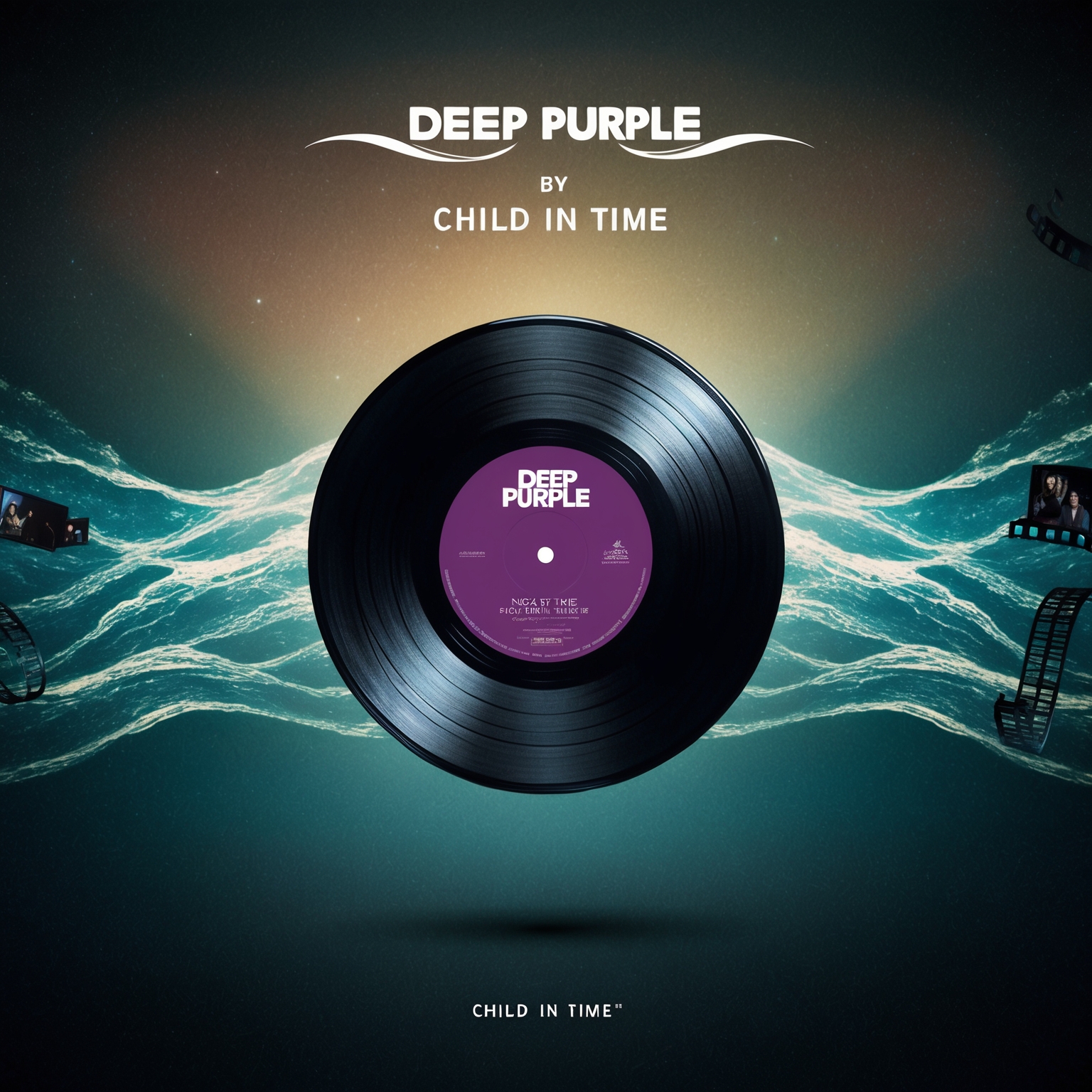
‘Child In Time’ by Deep Purple may not have won any formal awards, but its impact on the rock scene has been immense, ingraining itself in the annals of rock history. Known for its intricate structure and raw emotion, the song has been celebrated as a masterpiece in rock music circles. Often highlighted in retrospectives of the greatest rock songs, it has cemented its place as an essential piece in Deep Purple’s discography.
The song’s influence has inspired numerous artists to create covers. One of the notable covers is by Ian Gillan’s post-Deep Purple band, Gillan, which resurrected the piece with an updated yet reminiscent sound. Ex-Yugoslavian rock band, Divlje Jagode, is another group that took on the challenge, delivering a powerful rendition that honors the spirit of the original, serving as a testament to its cross-cultural and timeless appeal.
In popular culture, ‘Child In Time’ has made sporadic appearances. Although it hasn’t been consistently featured in blockbuster films, its use in various TV programs and documentaries serves as a touchpoint for discussions on iconic rock music. These appearances underscore the song’s enduring legacy and its role as a representation of an era fueled by transformative musical expression.
The Timeless Journey of ‘Child In Time’ on the Charts
Child In Time’, a track off Deep Purple’s album, achieved success through enduring popularity rather than immediate chart impact, showcasing the band’s rise in rock rather than topping traditional lists.

When ‘Child In Time’ by Deep Purple first graced the public’s ears in 1970, it did so as part of the band’s fourth studio album, Deep Purple in Rock. Though it wasn’t released as a standalone single, the song quickly became a defining piece of Deep Purple’s repertoire, embodying the band’s transition into heavy metal. Despite its absence from the singles chart, ‘Child In Time’ became a staple of rock radio playlists, earning its success through live performances and word-of-mouth endorsements.
In terms of chart data, ‘Child In Time’ may not have immediately topped any charts, considering its non-single status. However, the album it was featured on, Deep Purple in Rock, reached No. 4 on the UK Albums Chart and entered the top ten in several other European countries. This was significant, especially in a time when album rock was just beginning to take root. The song’s lengthy runtime and dynamic range showcased the band’s musical prowess, helping to solidify their position in the rock hierarchy.
The public and critical reception of ‘Child In Time’ is another testament to its success. Its haunting lyrics and Ian Gillan’s soulful, powerful vocals attracted both praise and intrigue. Over the years, the song has remained an enduring favorite among fans and critics alike, often cited as one of Deep Purple’s masterpieces. While it may not have stormed the charts in a traditional sense, its lasting legacy is reflected in numerous covers by other artists and its frequent inclusion in ‘best rock songs’ lists.
The Enigmatic Visual Experience of ‘Child in Time’
Though ‘Child in Time’ was released before the music video era, its powerful live performances and fan-made visuals enrich the song’s impact, showcasing Deep Purple’s captivating stage presence and the enduring appeal across generations.
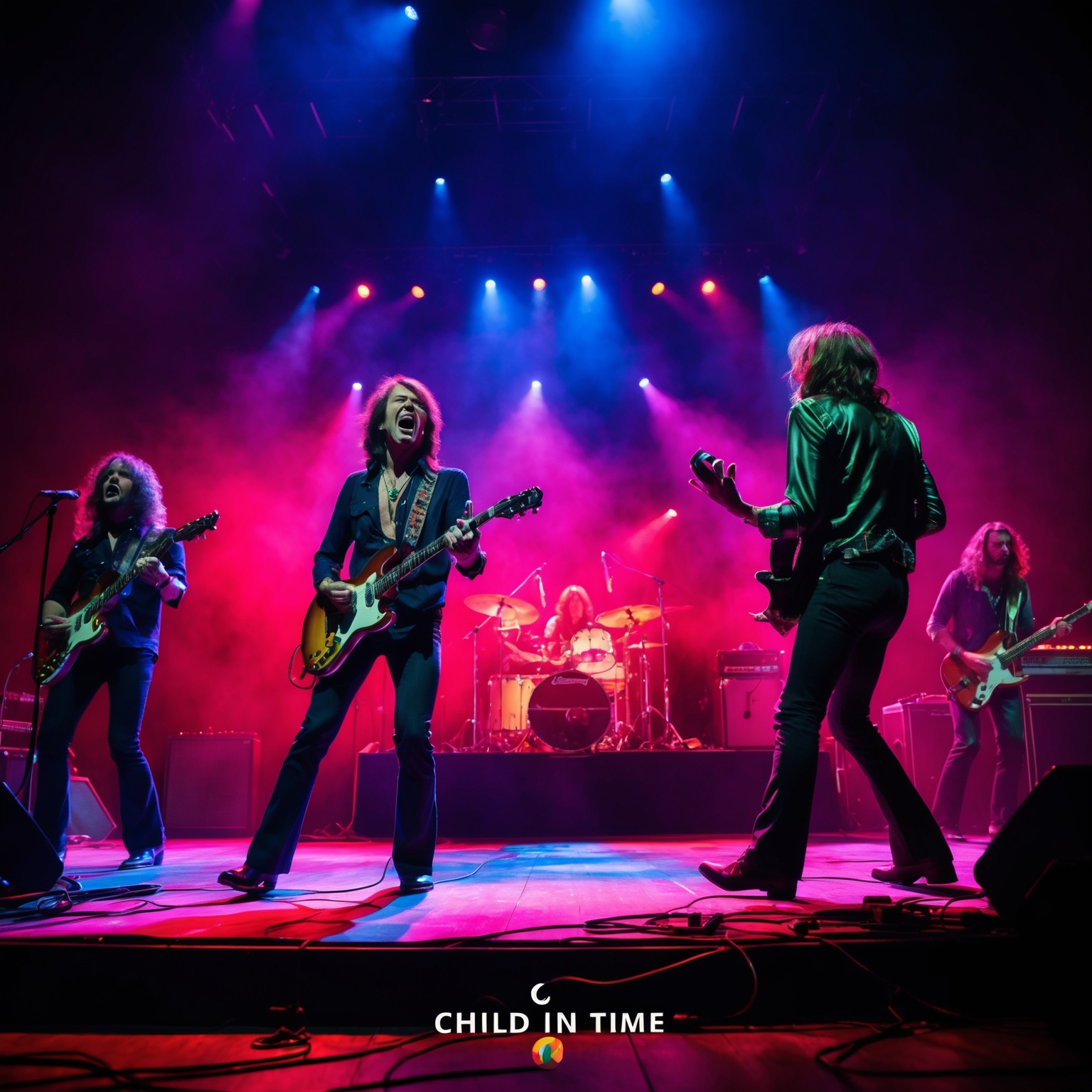
Although Deep Purple’s ‘Child in Time’ predates the era of MTV and music videos as we know them today, its timeless appeal and evocative sound have inspired a plethora of visual interpretations by fans and live performances that capture its essence. One of the most famous live performances of ‘Child in Time’ was filmed at the Montreux Jazz Festival in 1970, and it showcases the band at their electrifying best. The performance became iconic for capturing the sheer intensity and raw energy that Deep Purple brought to the stage, with Ian Gillan’s powerful vocals and Ritchie Blackmore’s searing guitar solo taking center stage.
In the absence of an official music video, several fan-made videos and visual reimaginings pay homage to the song’s dramatic and haunting qualities. These typically feature an array of imagery that complements the song’s somber themes, often employing psychedelic visuals, historical footage, or abstract art to enrich the listening experience. This creative expression from fans around the world underscores the song’s lasting impact and its ability to transcend audio to be visually stimulating.
Reception to these fan interpretations and live recordings has been largely positive, with many appreciating the visual elements that bring a new dimension to the profound message behind ‘Child in Time.’ The song’s enduring allure lies in its power to evoke strong emotions, and these visual representations only serve to enhance that connection, reminding audiences of the timeless talents of Deep Purple and their ability to resonate across generations even without an official video.
The Complex Anatomy of Deep Purple’s ‘Child In Time’
Child In Time’ by Deep Purple showcases a unique blend of rock and classical influences. A technical marvel in G minor, the song is characterized by its complex structure, masterful instrumentation, and pivotal role in the band’s evolution.

‘Child In Time’ stands as a testament to Deep Purple’s mastery in crafting sprawling, intricate compositions that seamlessly merge rock and classical influences. Written in the key of G minor, the song adheres to a dynamic tempo, initially starting at about 50 BPM before accelerating to a frenzied pace, emphasizing the emotional crescendo that defines its climax.
The song’s chord structure plays heavily on the tension between G minor and C major, creating a hauntingly beautiful soundscape that complements Ian Gillan’s intense vocal delivery. The harmonic progression underscores the song’s themes of conflict and resolution, while the melody, driven by its simplistic yet profound repetition of notes, anchors the listener amid the complexities of the instrumental backdrop.
Instrumentation is crucial to ‘Child In Time’, with Jon Lord’s keyboard work on the Hammond organ providing a rich, orchestral texture that enhances the song’s dramatic flair. Ritchie Blackmore’s guitar solo, iconic in its virtuosity, punctuates the late stages of the piece, reinforcing the track’s emotional weight. The rhythm section, with Roger Glover’s bass and Ian Paice’s drums, anchors the song’s tempo shifts, adding depth and intensity.
In the context of Deep Purple’s discography, ‘Child In Time’ marks a significant moment in their evolution from their earlier works to their eventual hard rock identity. The track, from the ‘Deep Purple in Rock’ album, illustrates the band’s departure from more straightforward psychedelic rock towards a heavier, more progressive sound. This evolution reflects their thematic maturity and artistic confidence, setting a precedent for subsequent albums.
An interesting anecdote about its recording: ‘Child In Time’ was produced at London’s IBC Studios, where the band’s chemistry flourished despite the pressure of capturing such an ambitious track. The producer’s (Deep Purple collectively) dedication to capturing the intensity of their live performances in the studio environment is evident in the song’s powerful execution.
A Complex Tapestry of Sound and Emotion
Explore the intricate musical structure of ‘Child In Time’, its evolutionary significance in Deep Purple’s discography, and the unique recording process that brought this progressive rock masterpiece to life.

The musical structure of Deep Purple’s ‘Child In Time’ is a masterclass in progressive rock, known for its dynamic shifts and instrumental virtuosity. Written predominantly in the key of G minor, the song showcases a compelling blend of haunting melodies and powerful crescendos. The chord progression is relatively simple, centering around Fm, Gm, and Gm7, but it’s the song’s execution and arrangement that elevate it to iconic status.
‘Child In Time’ is distinguished by its fluctuating tempo, starting at about 60 beats per minute and gradually accelerating to maximize dramatic impact. Ian Gillan’s vocal delivery is a focal point, shifting from soft, introspective tones to powerful, extended screams, mirroring the emotional intensity of the lyrics. The rhythm section stays understated, letting Jon Lord’s organ and Ritchie Blackmore’s guitar weave intricate harmonies and solos that transition from gentle, flowing lines to soaring, electrifying riffs, each contributing to the track’s evolution from a somber ballad to a thundering rock epic.
By comparing this song within Deep Purple’s discography, ‘Child In Time’ stands out not only for its length but for its depth. Released in 1970 on the album ‘Deep Purple in Rock,’ it marks a departure from the band’s earlier, more blues-influenced style, signaling a shift towards more experimental and ambitious compositions. This song set the tone for what became known as the ‘Mark II’ era of the band, characterized by greater complexity and a heavier sound, contrasting with their earlier work and influencing later albums with its thematic and musical maturity.
The recording of ‘Child In Time’ took place at IBC Studios in London, with production led by the band themselves. Anecdotes from the sessions reveal a cooperative and experimental atmosphere, with the band members meticulously crafting the song’s intricate layers. The studio’s advanced recording technology at the time allowed for a multi-track approach, giving rise to the song’s rich and textured soundscapes.
Exploring the Depths: A Dive into the Lyrics of ‘Child In Time’
In ‘Child In Time,’ Deep Purple crafts a lyrical meditation on the line between good and bad, using vivid imagery and a haunting narrative to explore themes of innocence, violence, and moral awakening.
You’ll see the line
The line that’s drawn between
Good and bad
See the blind man
Shooting at the world
Bullets flying
Oh, taking toll
If you’ve been bad
Oh Lord, I bet you have
And you’ve not been hit
Oh, by a flying lead
You’d better close your eyes
Oh-oh, bow your head
Wait for the ricochet
Ooh-ooh-ooh
Ooh-ooh-ooh
Ooh-ooh-ooh
Ooh-ooh
Ooh-ooh-ooh
Ooh-ooh-ooh
Ooh-ooh-ooh
Ooh-ooh
Ooh-ooh-ooh
Ooh-ooh-ooh
Ooh-ooh-ooh
Oh, I wanna hear you sing
Ooh-ooh-ooh
…
******* This Lyrics is NOT for Commercial use *******

Deep Purple’s ‘Child In Time’ is a profound blend of musical and lyrical elements that capture the tumultuous spirit of the late 1960s and early 1970s. At its core, the song articulates the duality of human nature, set against a backdrop of societal and political unrest. The line ‘Sweet child in time, You’ll see the line, The line that’s drawn between good and bad’ establishes a dichotomy between innocence and moral complexity. The use of a ‘child’ as a metaphor suggests both naivete and the inevitable awakening to life’s harsh realities.
The narrative perspective of ‘Child In Time’ is compelling in its ambiguous storytelling. Rather than a clear sequence of events, the song offers an open-ended reflection on humanity’s propensity for violence, illustrated by the imagery of a ‘blind man shooting at the world.’ This creates a visceral sense of chaos and randomness, heightening the emotional impact. The second-person perspective appeals directly to the listener, making the reflection all the more personal and urgent.
Literary devices subtly underscore the song’s themes. The recurring motif of ‘bullets flying’ serves as an extended metaphor for the uncontrollable and often unseen consequences of human actions. Meanwhile, the repeated, haunting ‘ooh-ooh-ooh’ evokes a somber echo of collective suffering or mourning. The absence of a traditional rhyme scheme allows for a more free-form exploration that aligns with the song’s weighty subject matter. In comparing ‘Child In Time’ to other works of Deep Purple, the lyrics stand out for their introspective nature and societal commentary, occasionally drawing parallels with the literary traditions of anti-war poetry.
? Blast from the past! Deep Purple’s Child In Time was partly inspired by Cold War tensions. Rocking peace talks through killer riffs! ?✨ #ThrowbackThursday https://bit.ly/3DQHqqG
Click to Tweet

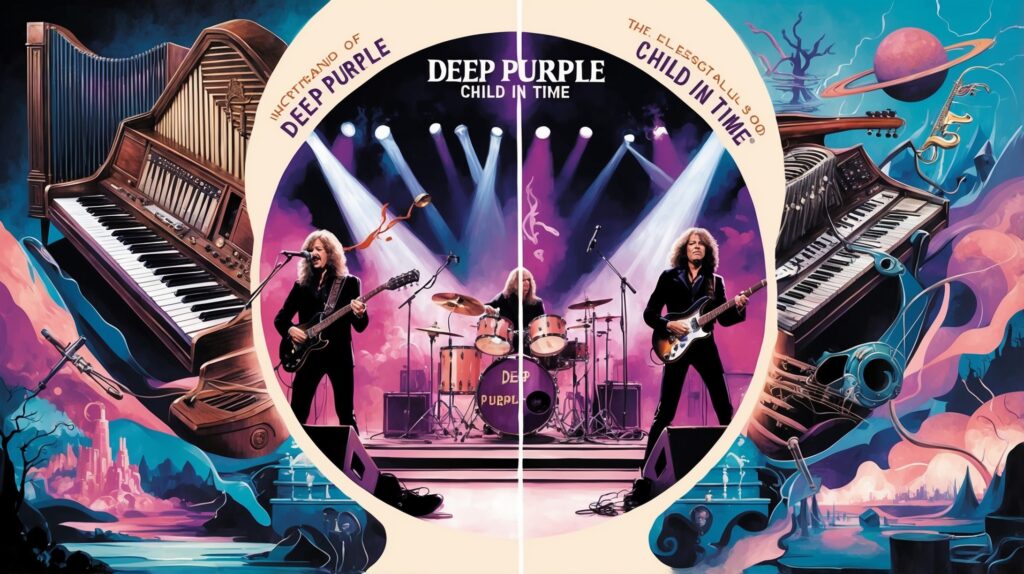





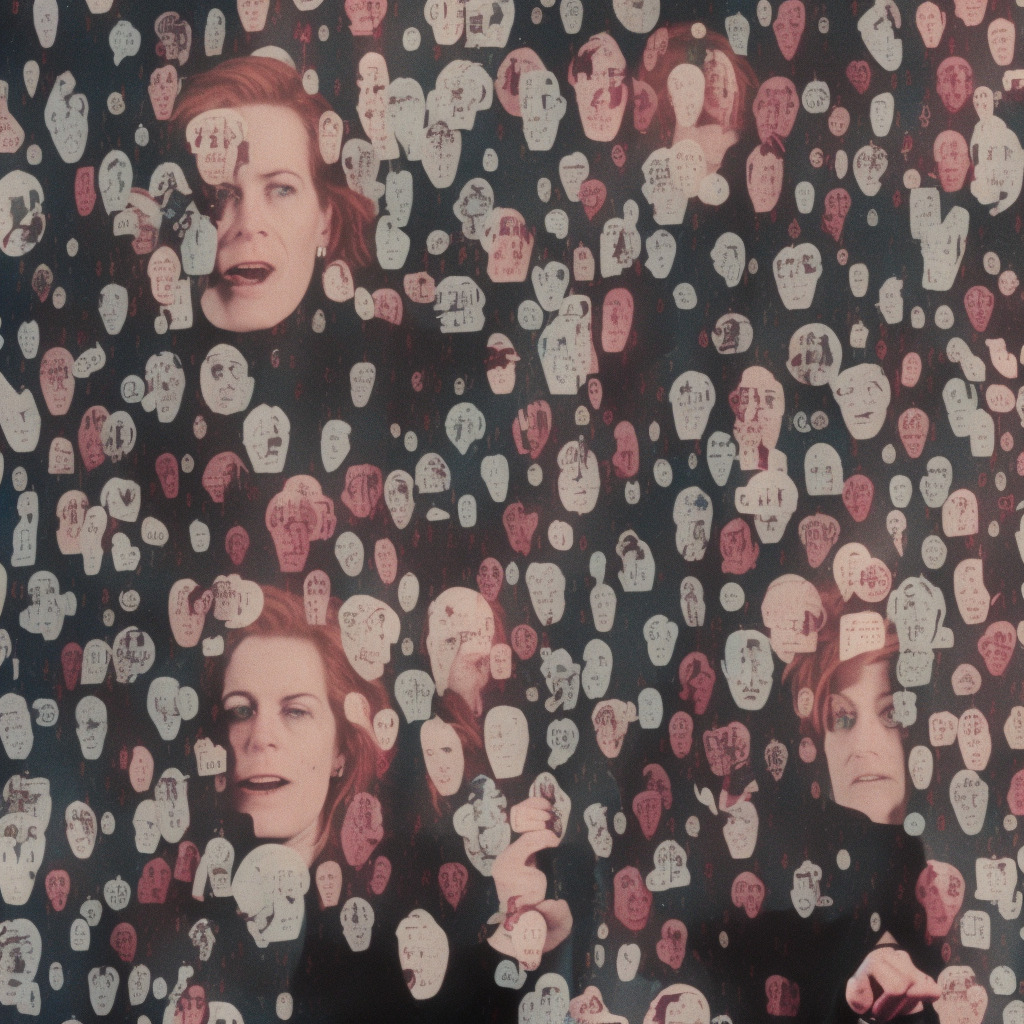
Pingback: Deep Purple: Sweet Child In Time Live 1970 on TV | That 70's Guy